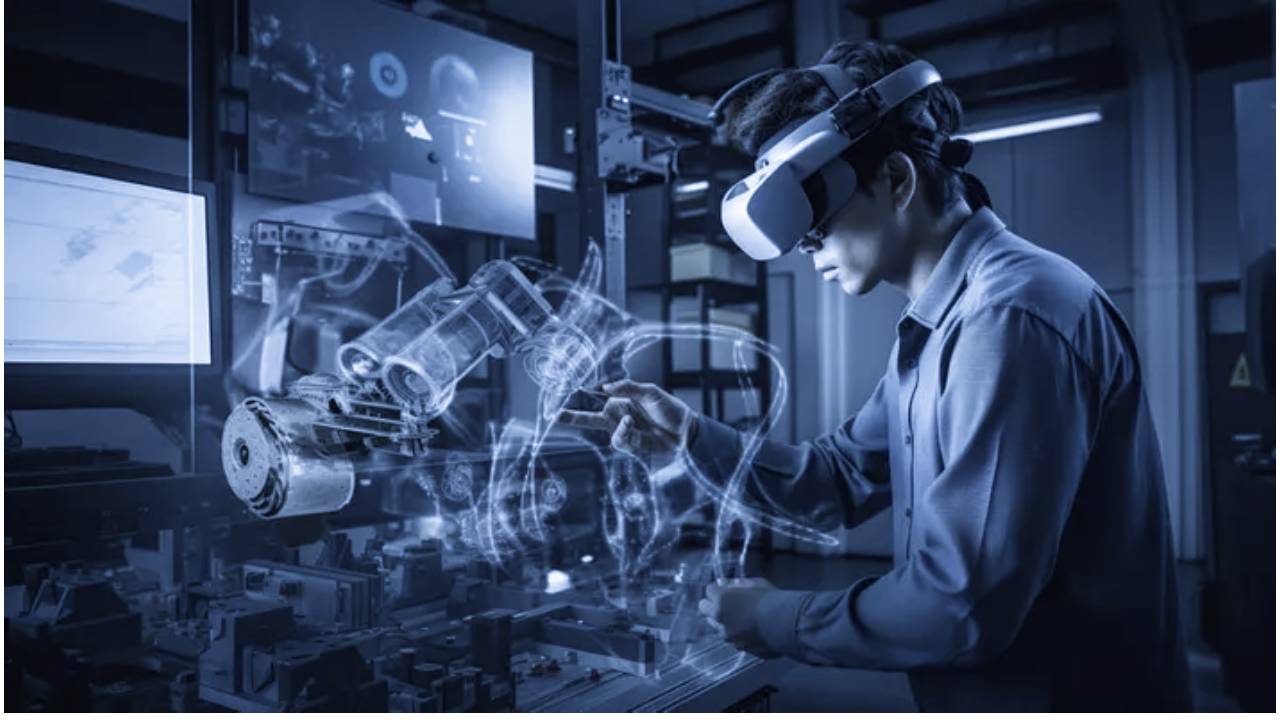The Future of Fabrication: Innovative Processes for Modern Manufacturers

Fabrication, the art of transforming raw materials into marketable products, has long persisted as a pillar of industrial economies worldwide. Yet, the practices that once epitomized this field are rapidly changing, spurred on by technological breakthroughs and a growing demand for flexible, high-quality manufacturing solutions.
Traditional fabrication methods—characterized by their labor-intensiveness and finite scope—are being outpaced by innovative techniques that offer precision, adaptability, and speed. The heart of this industrial revolution beats to the tune of Advanced Materials, Automation, Additive Manufacturing, and the seamless integration of the Internet of Things (IoT).
The old is giving way to the new, as businesses and engineers stand at the precipice of a future where the production potential is bound only by the limits of human imagination.
Advanced Materials: The Age of Composites and Smart Substances
At the crux of modern fabrication lies the revolution in materials science. Advanced materials, such as carbon composites, smart polymers, and nanomaterials, are providing manufacturers with unprecedented lightweight, tensile strength enhancements, and versatile properties previously unheard of.
These materials are crucial in meeting the demands of contemporary products, ranging from next-gen aerospace components to ultra-lightweight and sustainable automotive parts. Manufacturers who harness the potential of these advanced materials stand to benefit from products that are not only superior in performance but also in their ecological footprint.
The promise of advanced materials extends beyond product innovation, infiltrating the very fabric of manufacturing processes with energy-saving, eco-friendly alternatives.
Automation and Robotics: Redefining the Production Line
Automation has been a game-changer not only in reducing the manual labor associated with fabrication but also in optimizing the entire manufacturing value chain. The deployment of robots, powered by sophisticated AI and machine learning algorithms, has led to a significant reduction in errors, enhanced productivity, and the creation of dynamic, adaptable factories.
Robotic arms intricately perform tasks that were once too dangerous or complex for human workers, empowering manufacturers to achieve levels of precision that were previously unattainable. These adaptive robots are now being employed to handle potentially hazardous materials, operate in sensitive environments, and work in concert with human employees to achieve a harmonious workflow.
This isn’t mere speculation; it’s the backbone of the modern factory floor, and it’s only growing more integral with each passing day.
Additive Manufacturing: The 3D Printing Revolution
Additive manufacturing, often referred to as 3D printing, lies at the vanguard of the fabrication revolution. It has democratized the production of complex parts, reduced time to market, and facilitated design freedoms that were once the domain of science fiction.
Key industries like aerospace, healthcare, and consumer goods are reaping the benefits of additive manufacturing, creating parts and products on demand with minimal material waste and tooling costs.
Despite its incredible potential, additive manufacturing is still in its adolescence, with challenges like material limitations and scalability yet to be fully addressed. Nonetheless, the future is promising, with advancements in multi-material printing and 3D-printed electronics on the horizon, bringing us ever closer to the dream of full-scale, diversified, and on-demand manufacturing.
The Internet of Things (IoT) Integration: Machinery with a Mind of Its Own
The integration of IoT into fabrication processes is akin to giving machinery a mind of its own. This network of interrelated devices, machines, and technologies allows for real-time data monitoring, predictive maintenance, and intelligent process optimization.
Sensors embedded within the production line can communicate with centralized systems, flagging potential issues before they disrupt production. Meanwhile, machine learning algorithms can crunch this data to uncover insights into operational efficiency and inform ongoing process refinement.
This interconnectedness has profound implications for manufacturers, offering a level of control and foresight that was previously unattainable. As the IoT continues to mature, its role in fabricating the future of manufacturing processes will undoubtedly become more entrenched.
Future Prospects: The Horizon of Fabrication Technologies
Looking ahead, the horizon of fabrication technologies is a tapestry of opportunities. In the not-so-distant future, we may see the convergence of advanced materials with robotic precision and IoT intelligence, giving rise to factories that are as much alive as they are efficient.
Predictive maintenance will be the norm, not the exception, with machines that are in tune with their health and efficiency, able to diagnose and (hopefully) fix issues without human intervention. The barriers between design and manufacturing will erode as seamless integrations such as generative design tools become commonplace, enabling the creation of products that are optimized for the fabrication process from their very conceptualization.
The Lean Manufacturing Perspective: Efficiency is Paramount
In the world of modern manufacturing, efficiency is king. Lean manufacturing principles, which have long championed the elimination of waste and continuous improvement, are more relevant than ever. As new technologies emerge, they must be integrated into existing systems with a keen eye on maintaining, if not enhancing, their lean efficiency.
This is where the lean manufacturing consultant becomes indispensable. Their expertise in process optimization, waste reduction, and value stream mapping can provide essential guidance to manufacturers navigating the technology-infused waters. Their role is not to undermine innovation but to ensure that it is harnessed in service of driving the production line forward, lean, and mean.
Conclusion
Fabrication isn’t just about making things; it’s a cornerstone of human progress. The future of fabrication isn’t a mere speculation—it’s a mandate, especially for modern manufacturers keen on leading the charge in their respective industries.
For those who choose to ignore the tremors of change, the risk of obsolescence looms large. For the visionaries willing to innovate and adapt, the rewards are boundless. In embracing the tools and techniques that will define the next epoch of fabrication, we aren’t just shaping products; we’re carving out our place in the unfolding story of human endeavor.




